Our Bulletproof Government and Municipalities Projects
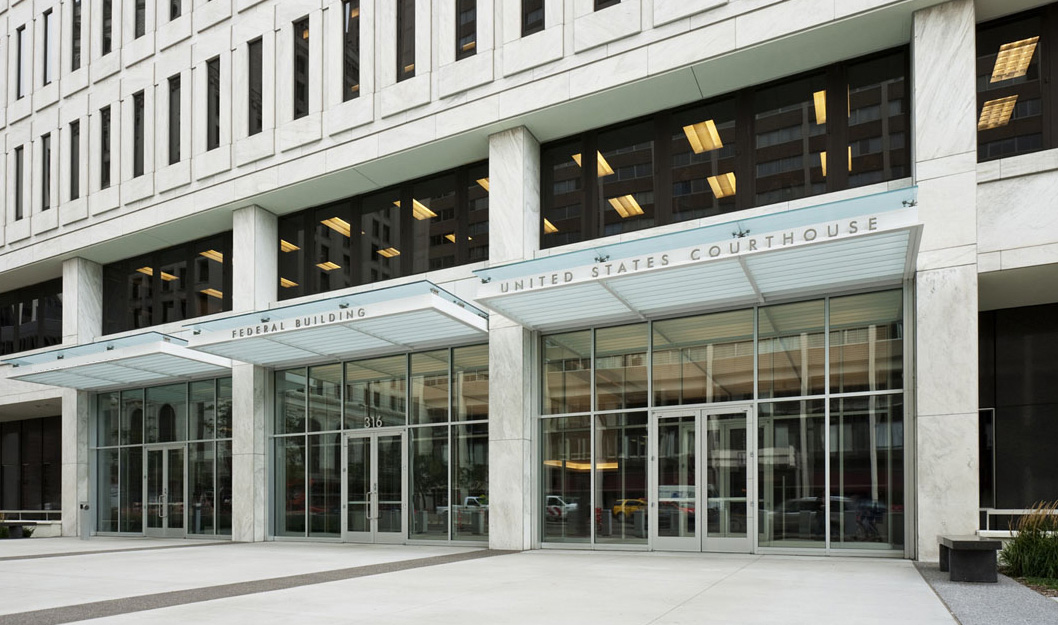
Government facilities are one place we routinely suggest high levels of ballistic protection. Despite the reputation of being bulky and obtrusive, TSS designs projects that look elegant in government buildings. Barriers fit seamlessly into the space, creating a secure work environment that not only protects people, but looks great, too.
Bulletproof Glass Protects Public Servants and Aesthetics
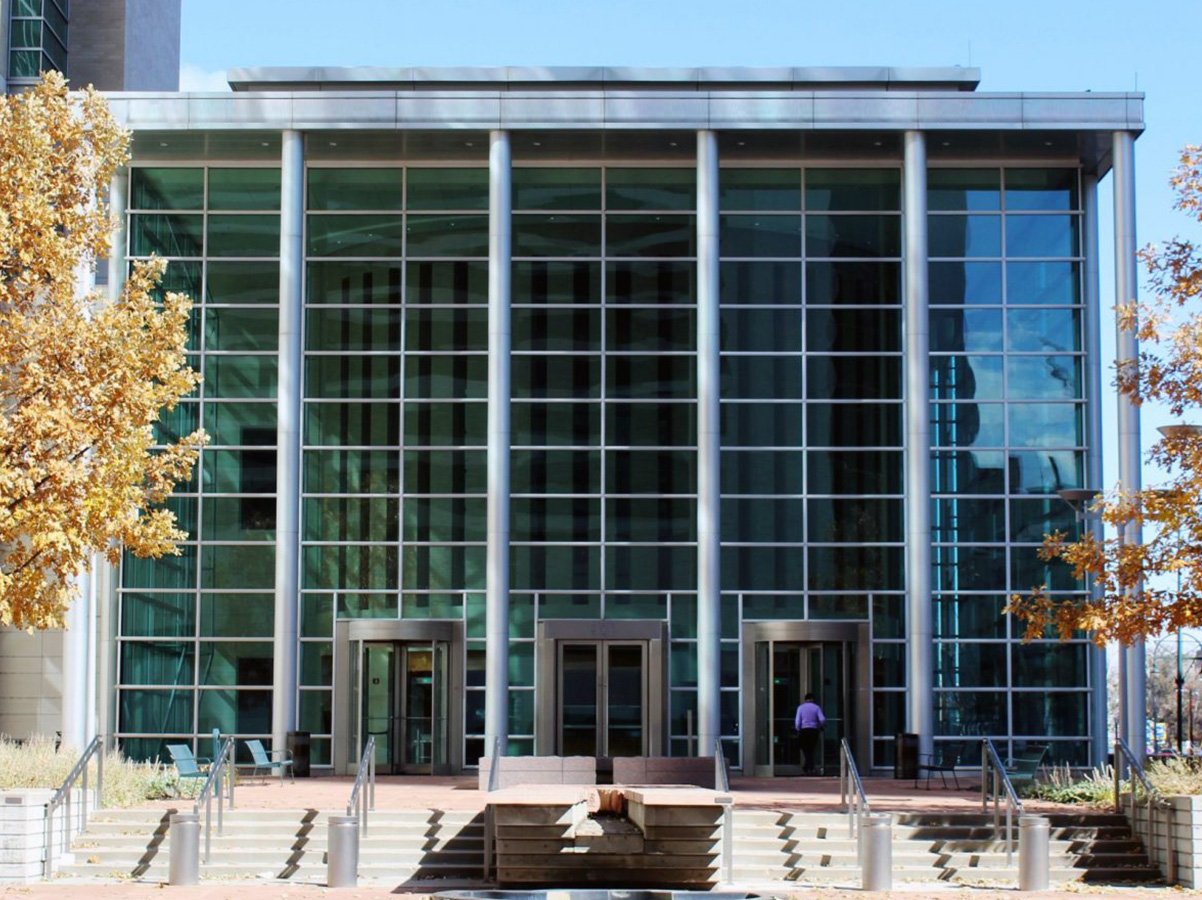
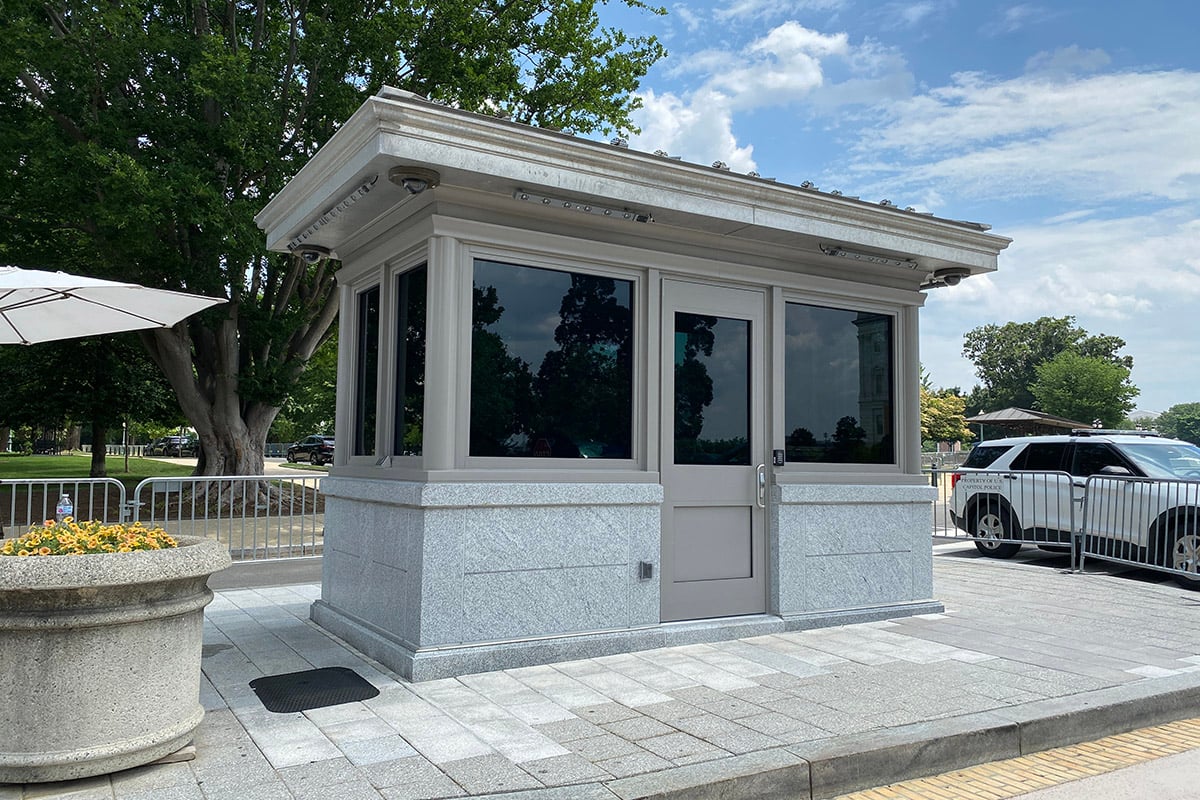
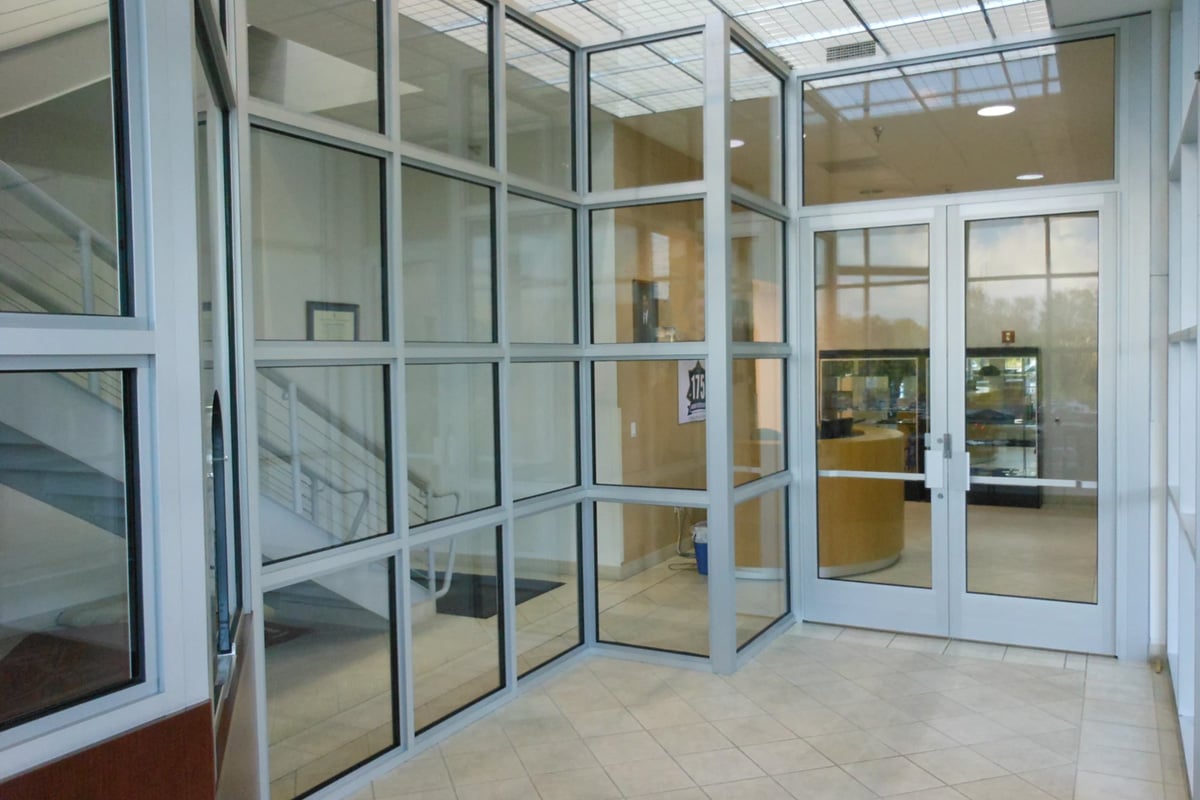
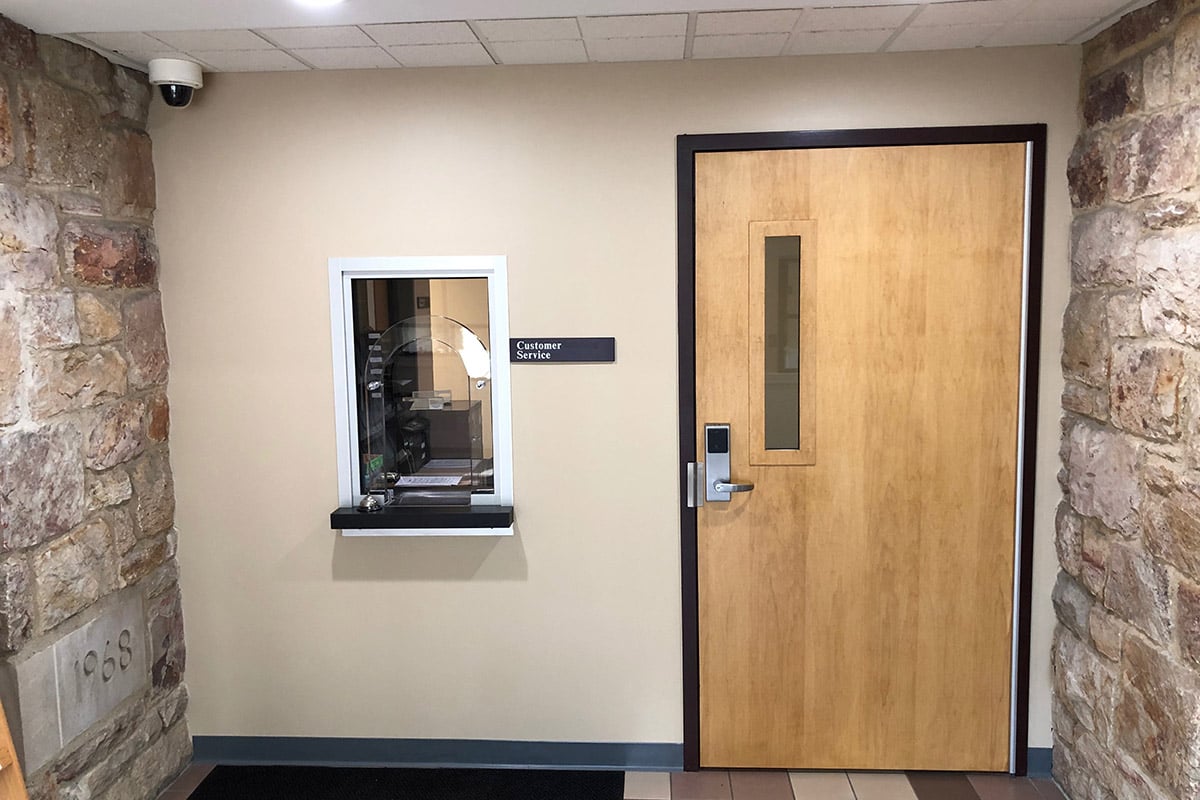
TSS designs, engineers, manufacturers, and installs all types of bulletproof government building security systems using bulletproof glass and fiberglass, including:
We design custom solutions based on your municipality’s unique needs. If you’re looking for bulletproof government security solutions, don’t wait to contact TSS.
Government Security Solution Highlight: the Roxbury Window
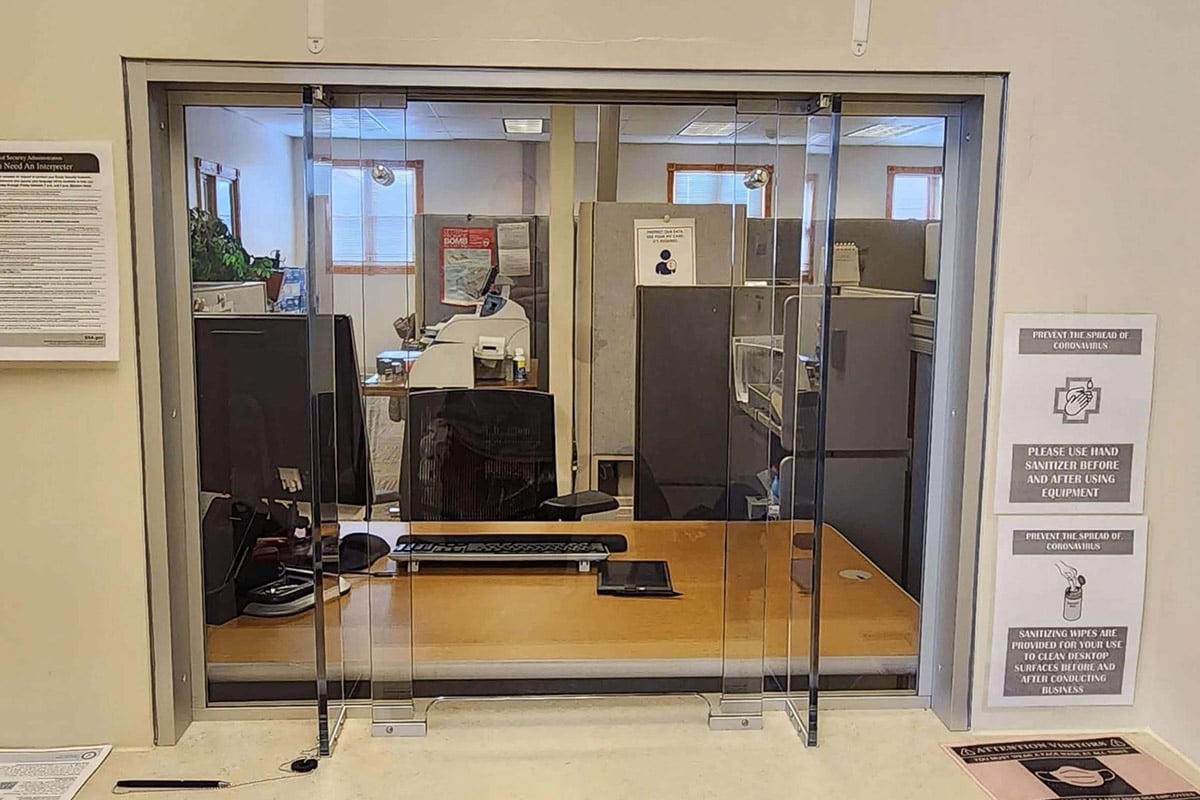
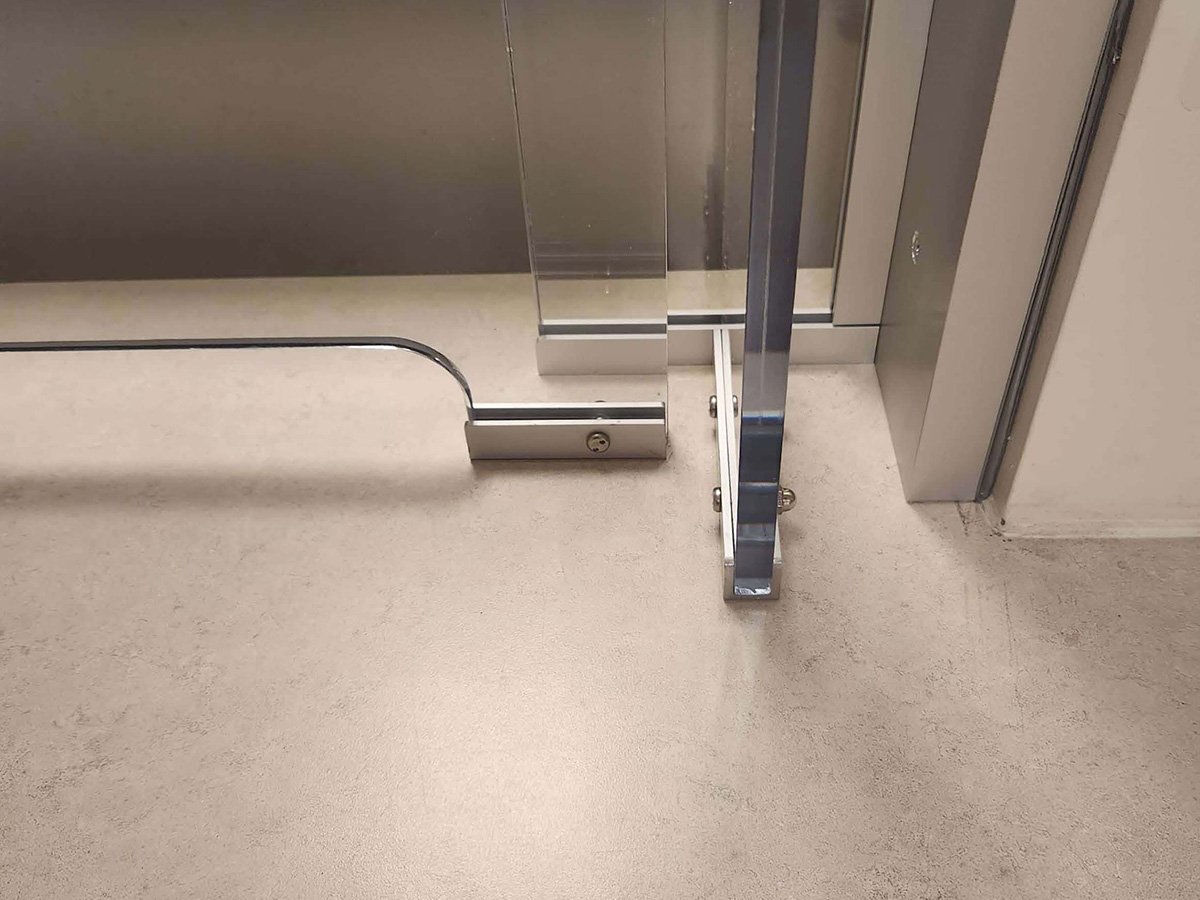
A government agency approached TSS about designing a transaction window for their government offices across the country. Their office in Roxbury, Massachusetts had experienced an incident and officials wanted to ensure the rest of their branches were protected. So, our team created a custom transaction window with a high level of sound transmission that met their needs perfectly. These windows, which are named after the original inspiration in Roxbury, are still used across the country today.
Read The StoryRetrofitting Existing and Historic Government Buildings
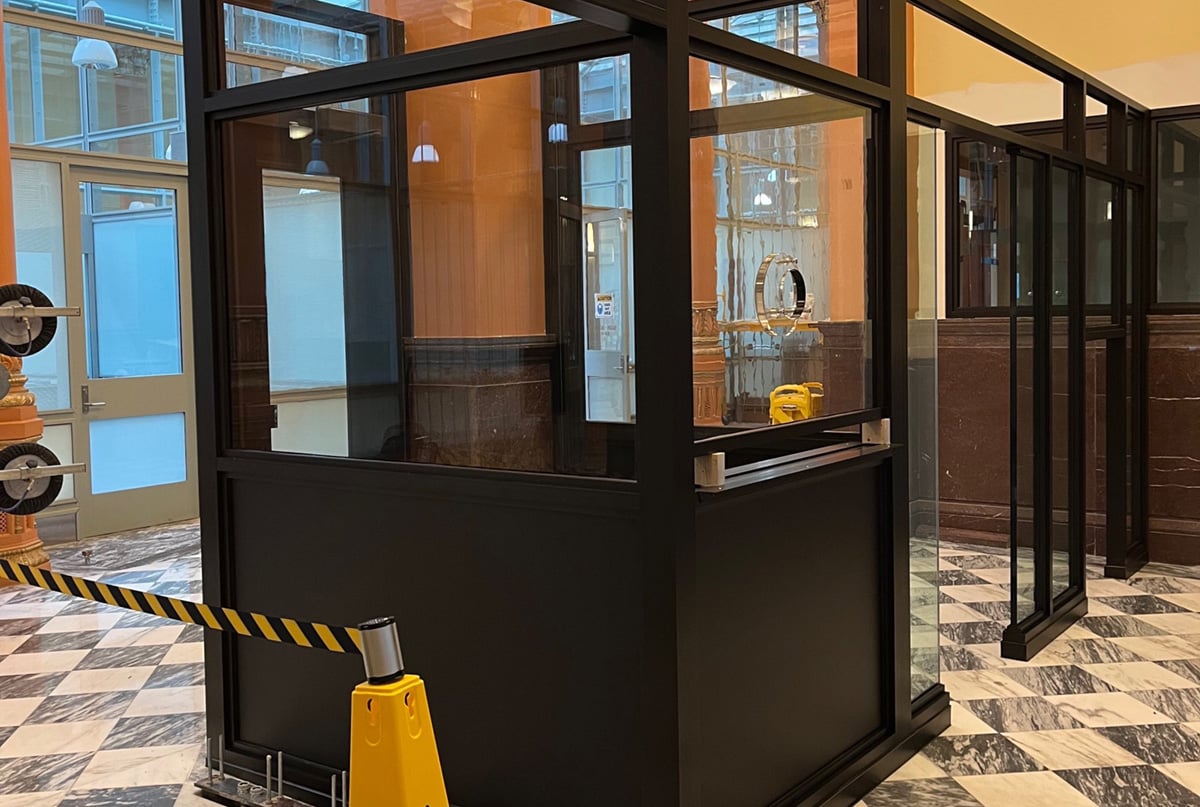
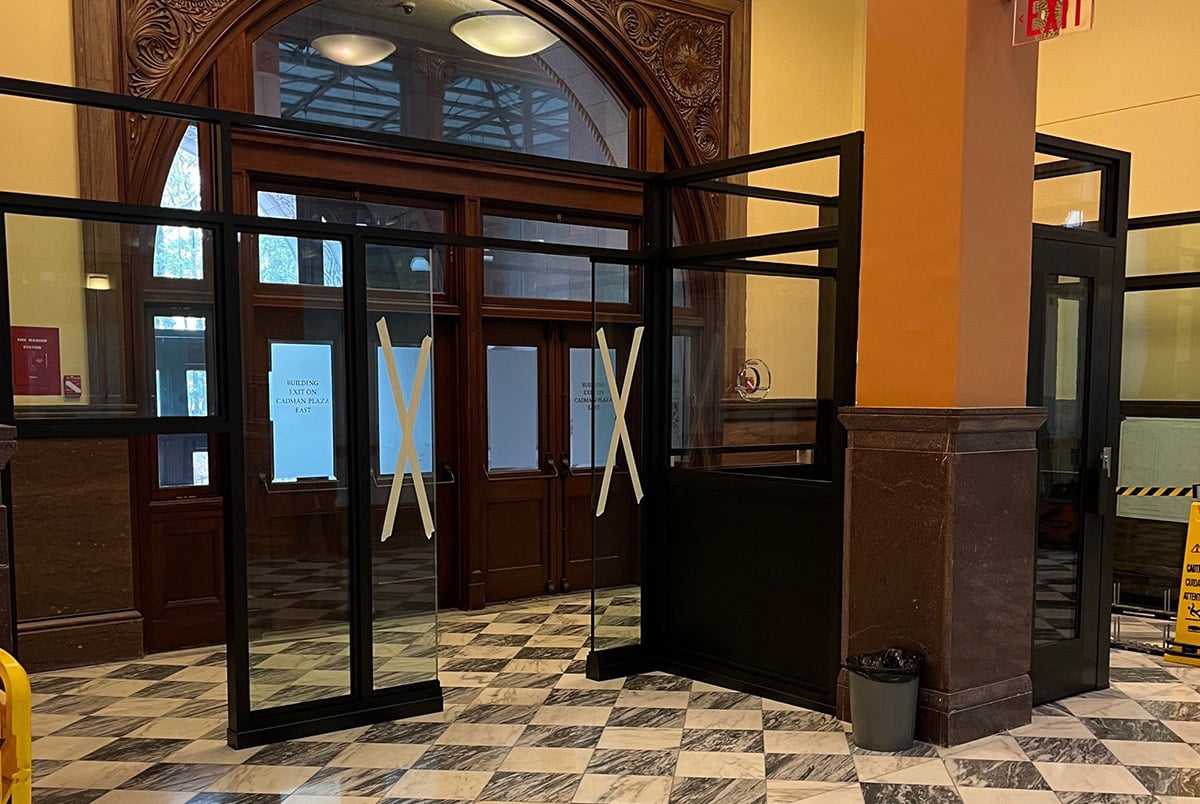
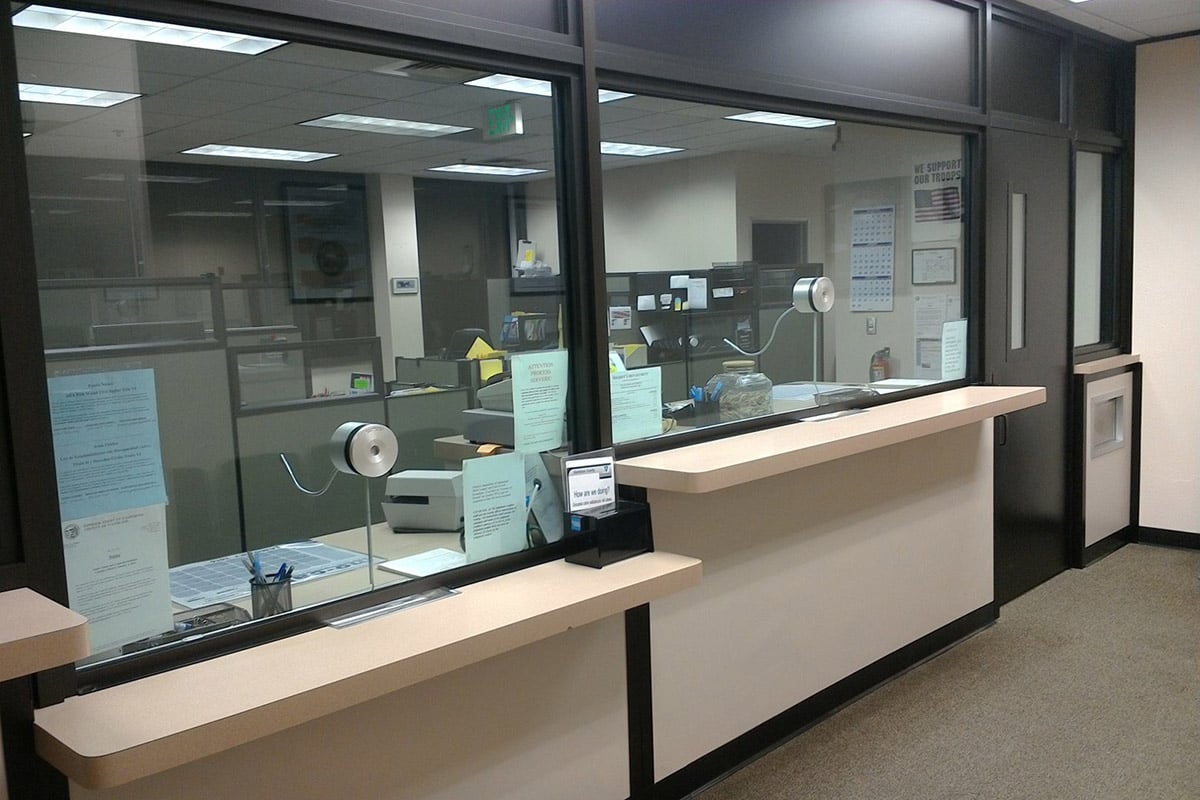
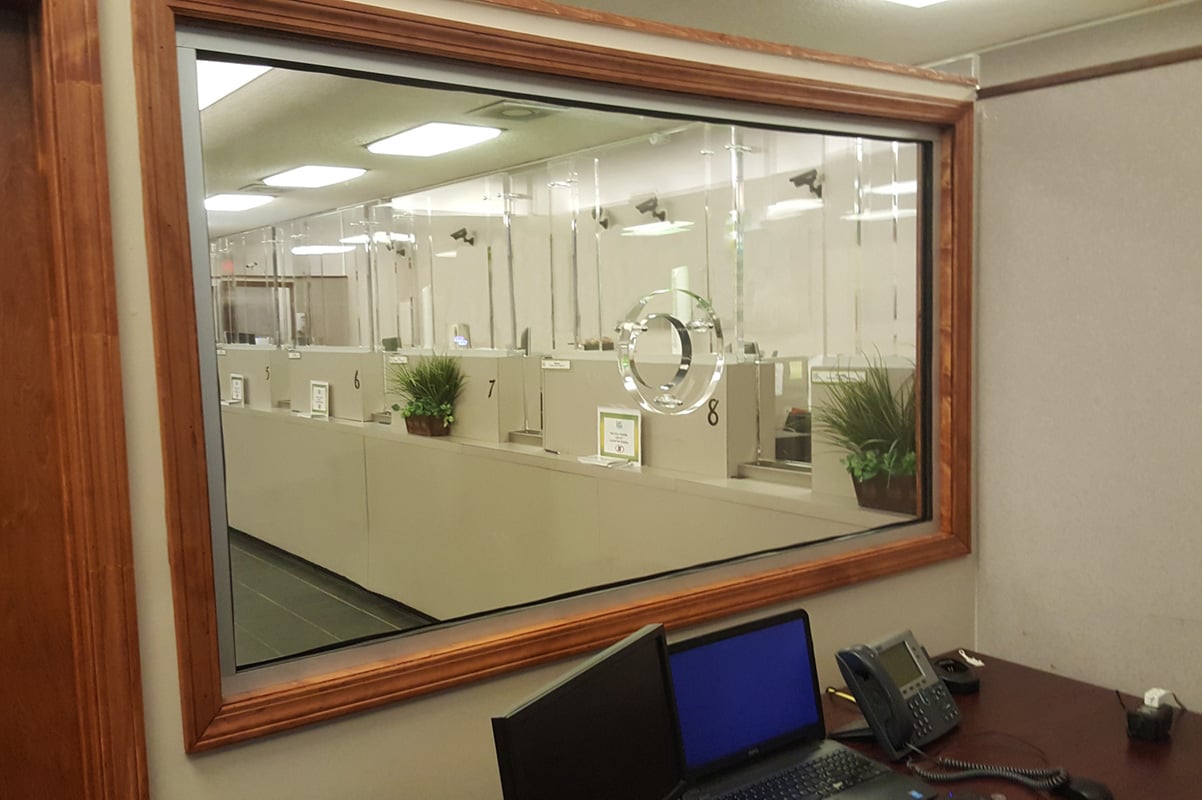
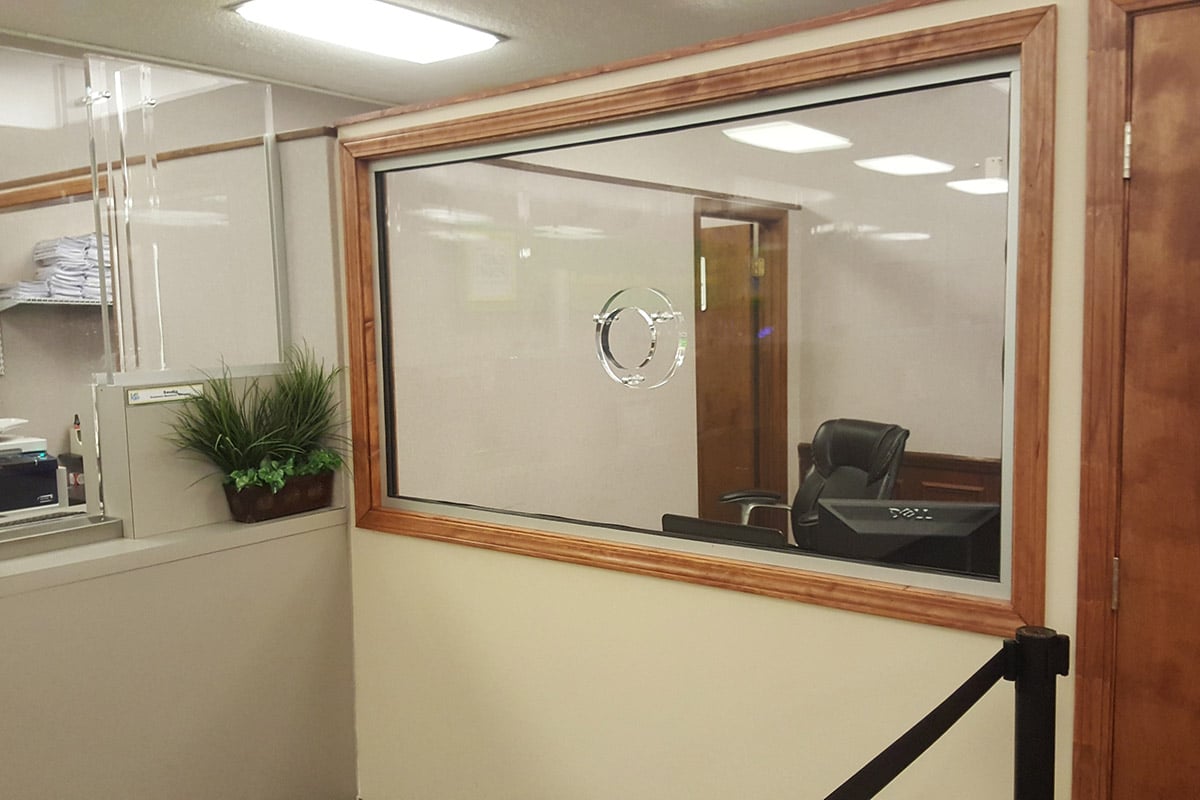
Bulletproof Guard Booths, Transaction Windows, and Other Government Security Solutions
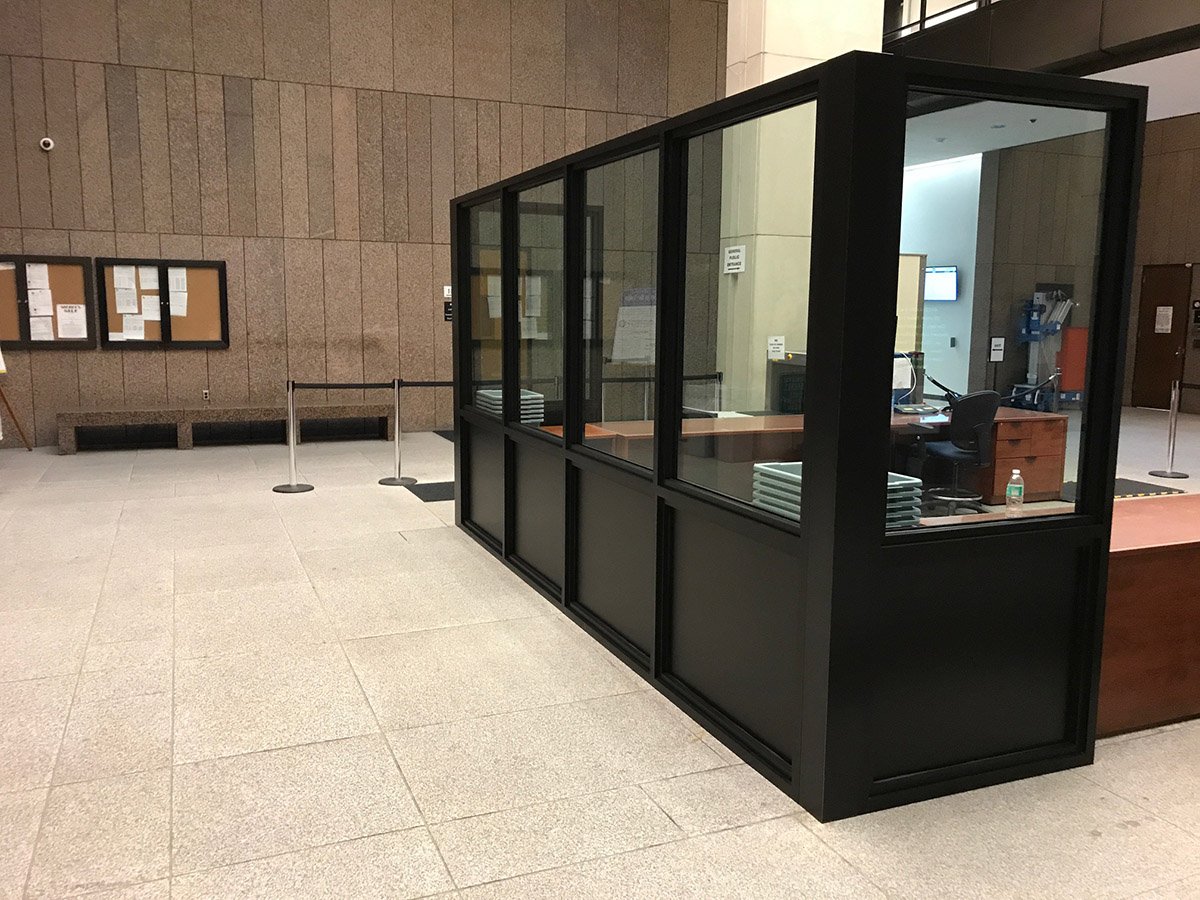
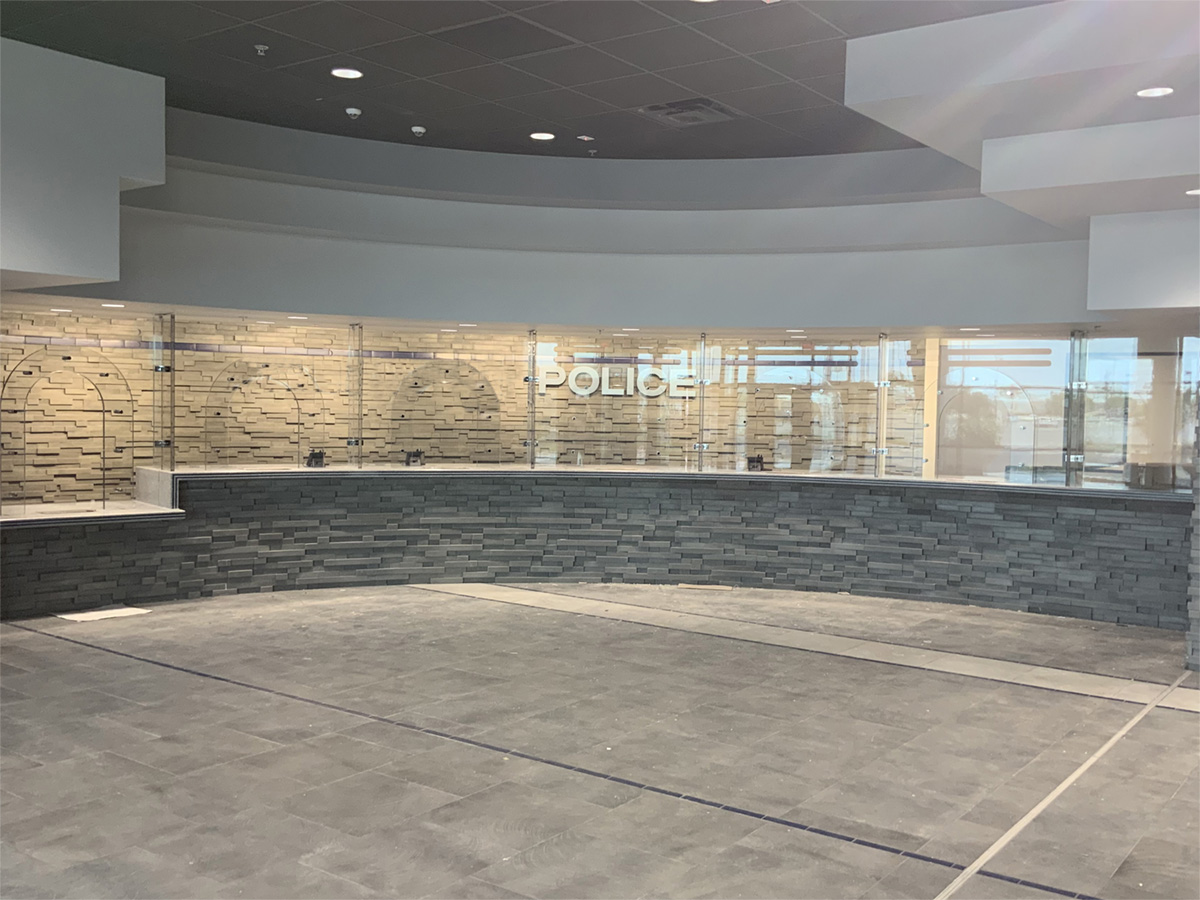
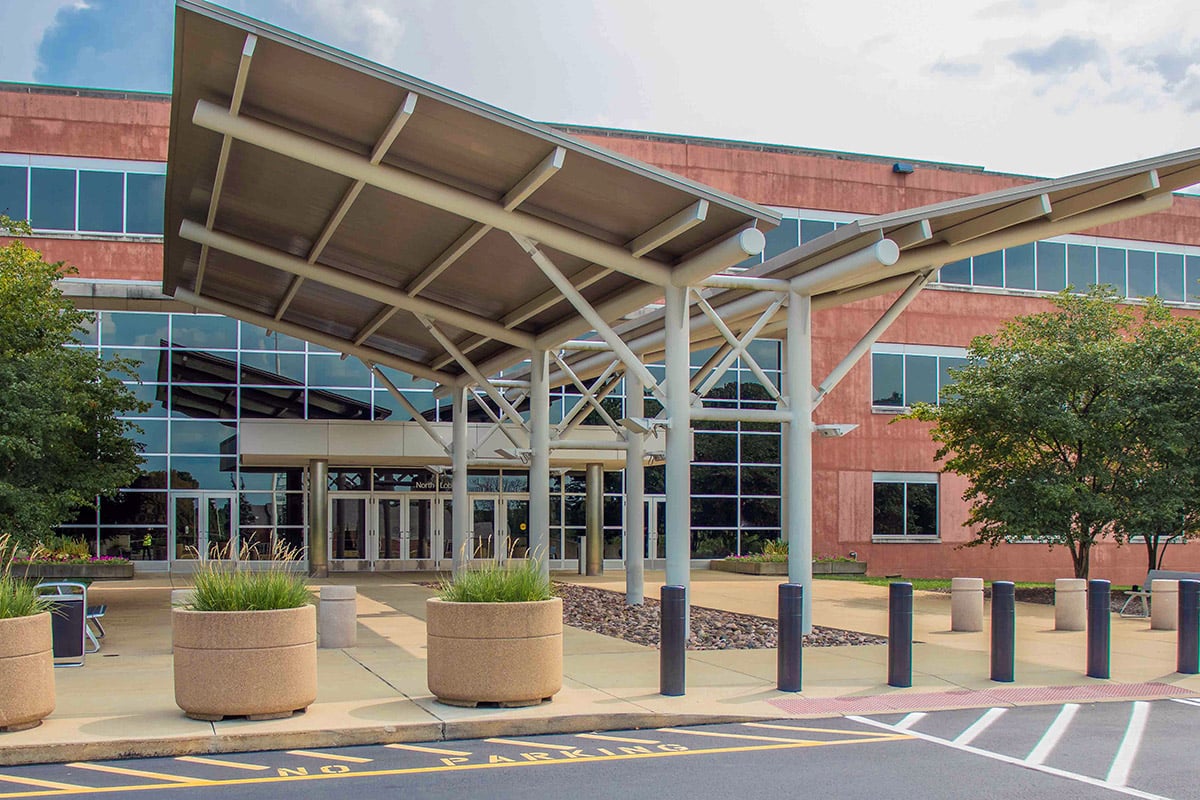
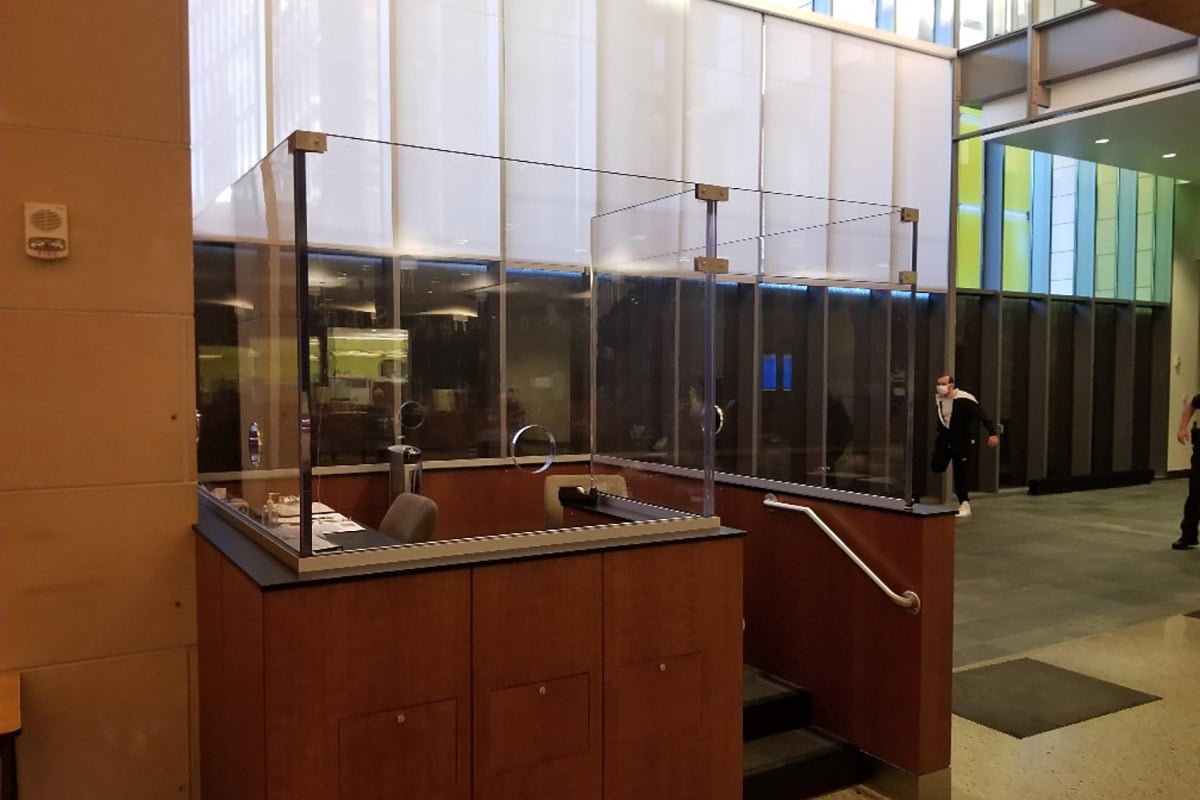
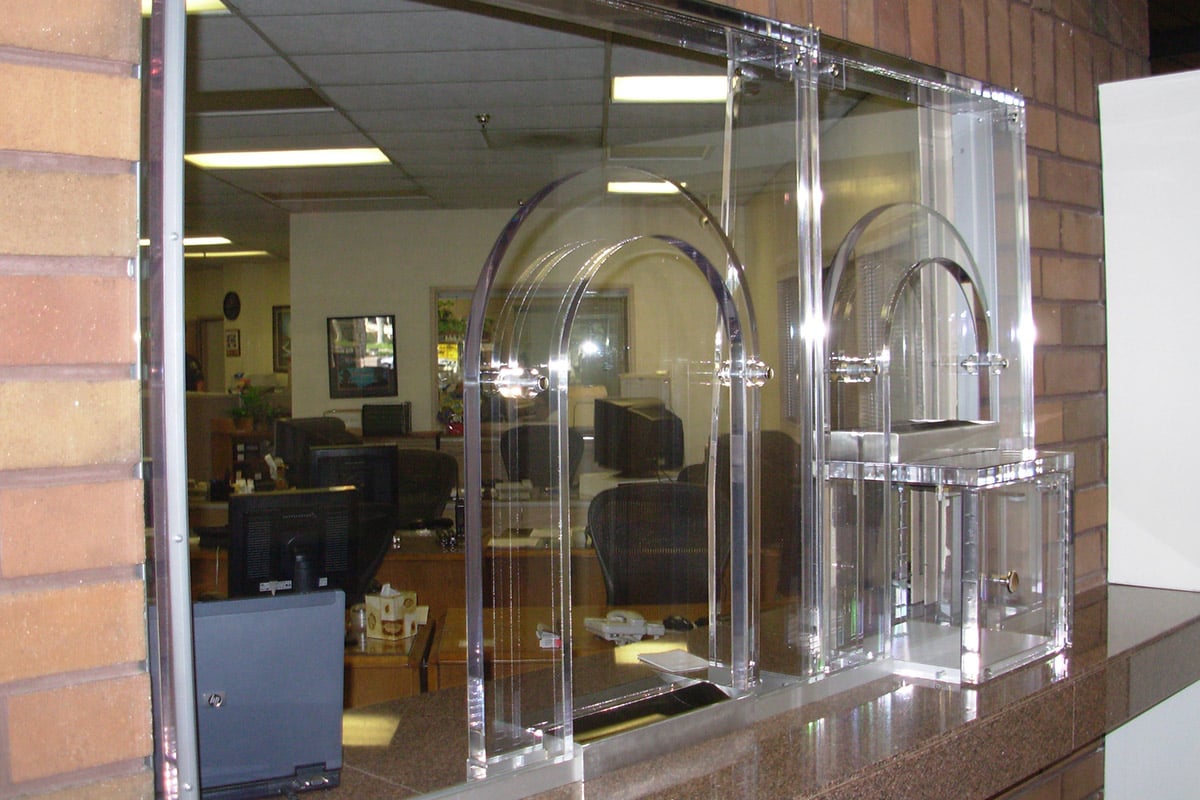
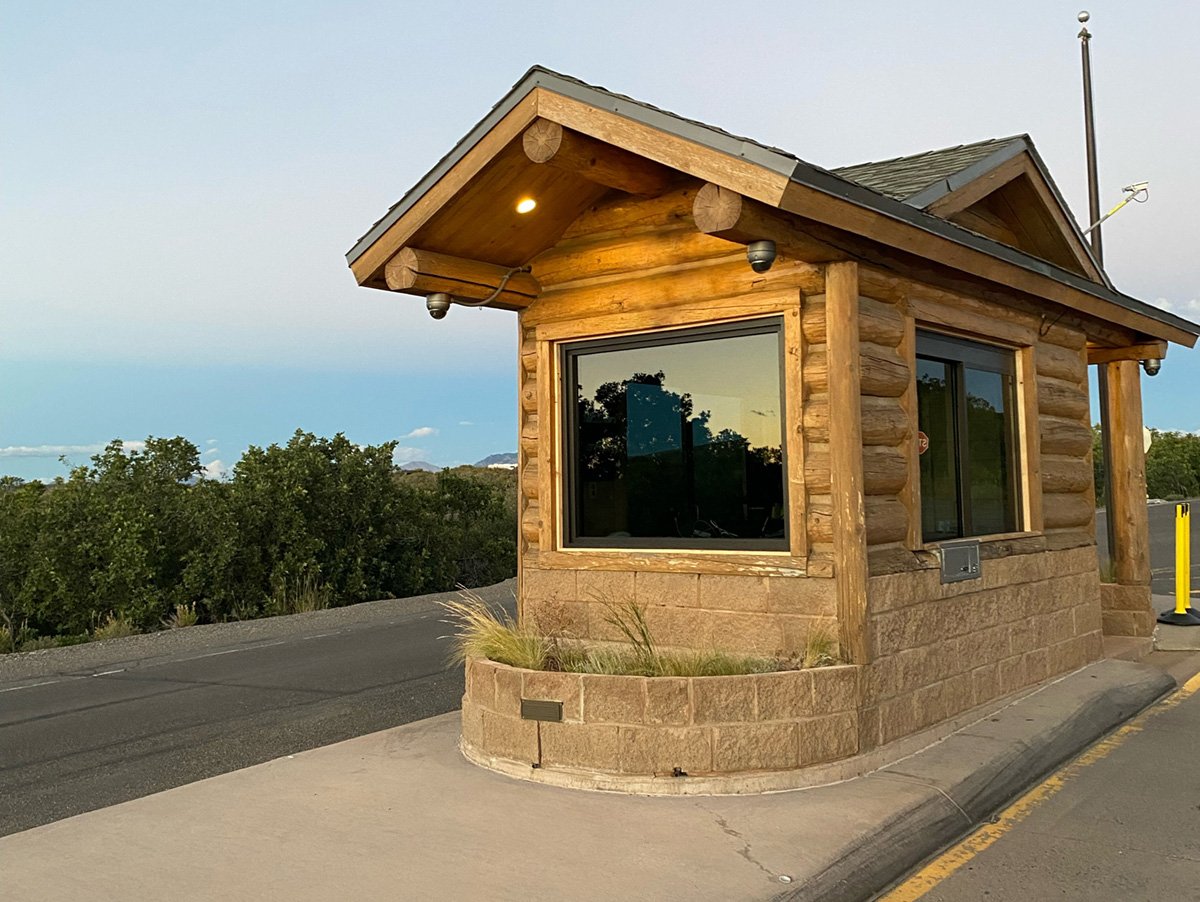
Case Study: Securing Government Building Entryways with Vantage Construction
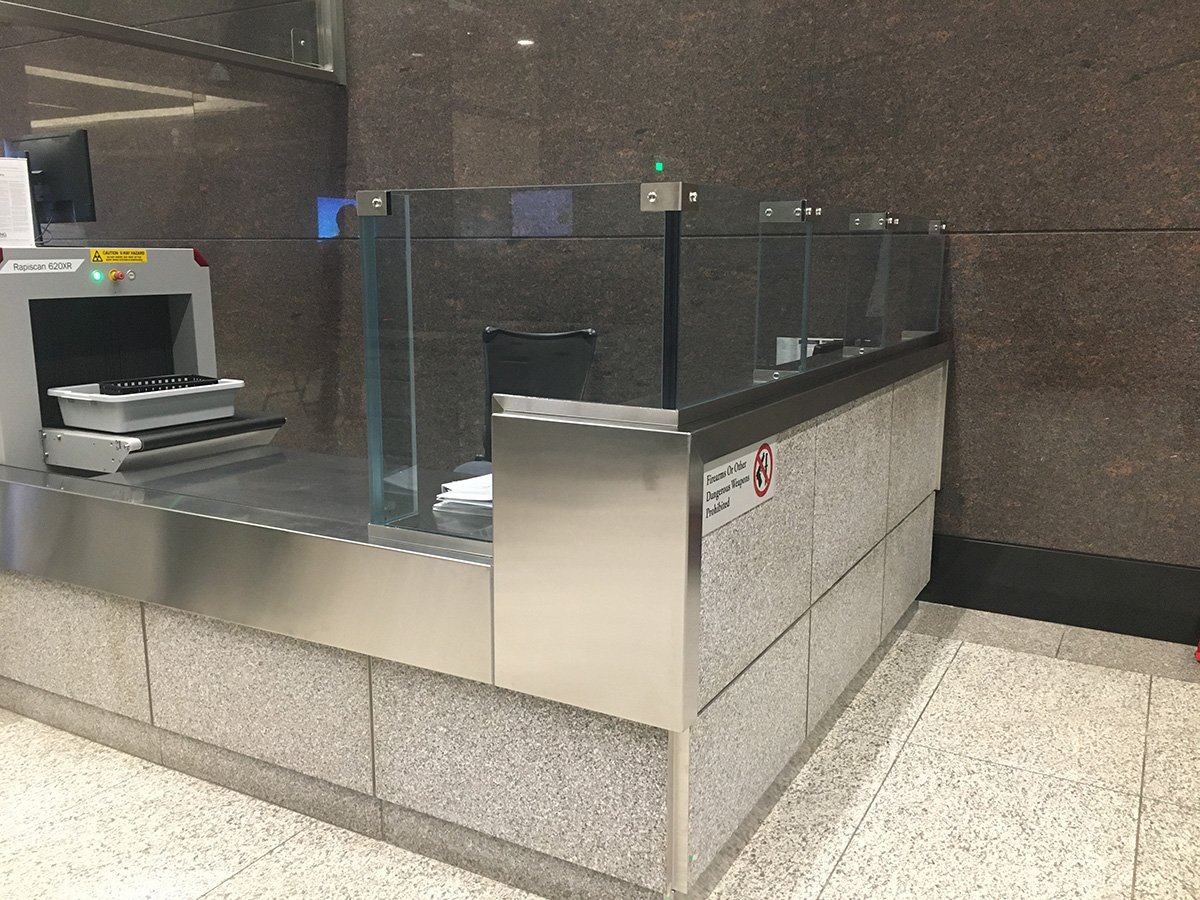
Working with Vantage, TSS retrofitted ten security booths with Level 3 ballistic materials.
The systems act as a crime deterrent and give employees more security at the facility’s
public entrances. The results met the customer’s high expectations, and Vantage has already
approached TSS with additional projects.
Protect Your Government Workers with Our Proven Process

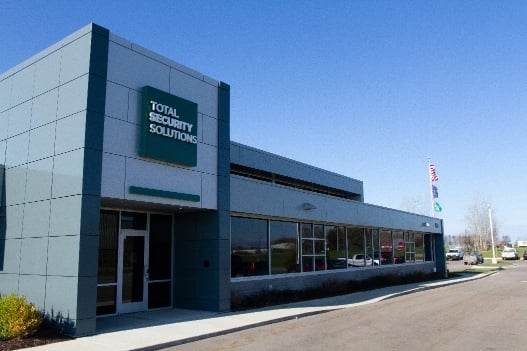
Contact TSS Today
If you need to add bulletproof barriers to your government building, don’t wait to schedule a free consultation with one of our ballistic experts. We can help you understand your threat level, identify the right UL level of protection for your government building, and design a bulletproof barrier that meets your needs. Send us a message and we’ll schedule a time to talk—we look forward to hearing from you!